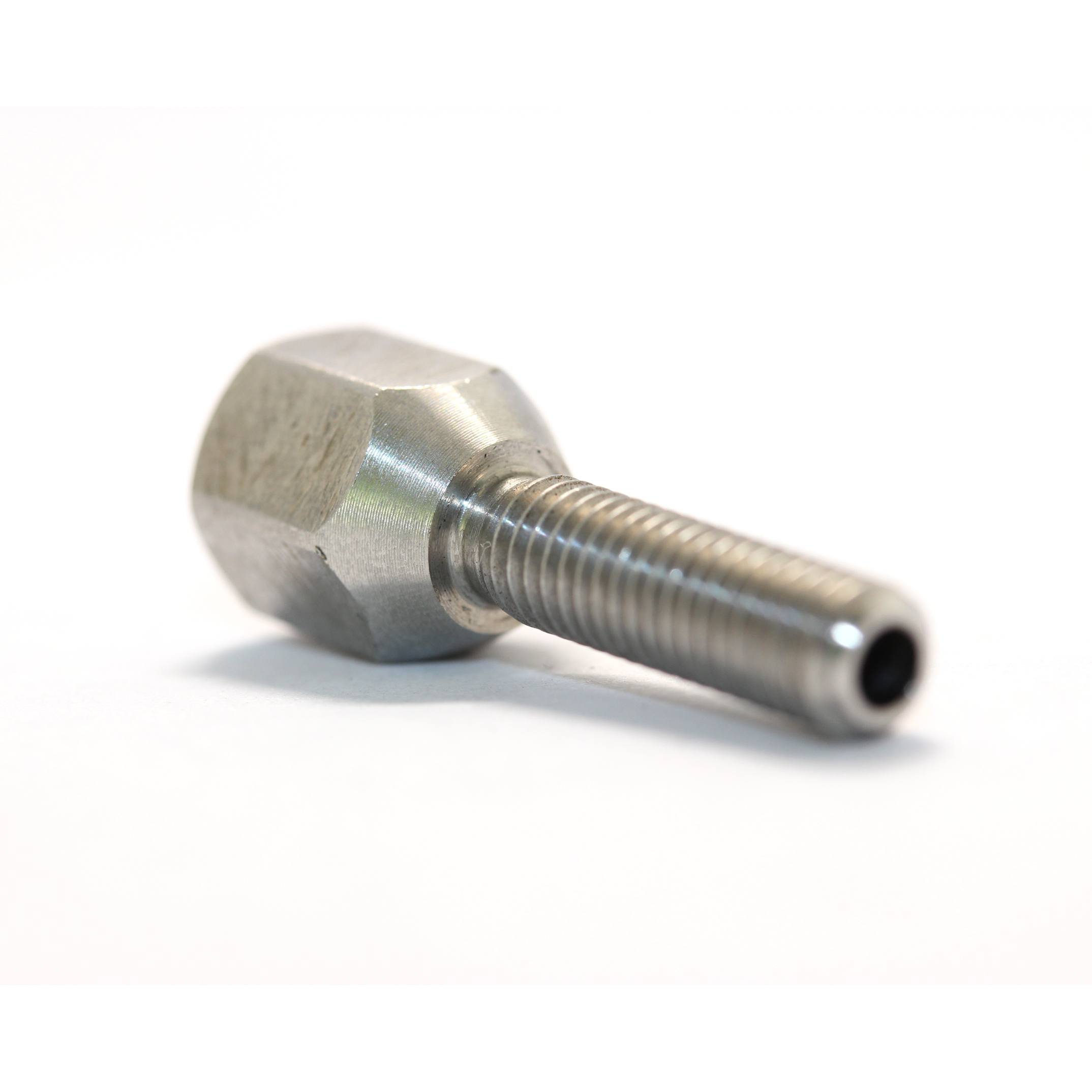What Are Metal Standoff Spacers?
Metal standoff spacers are precision-engineered fasteners designed to create fixed spacing between components while providing mechanical support and Electrical isolation where required. These cylindrical hardware components feature threaded ends (male-male or female-female) or unthreaded pass-through designs, typically manufactured from aluminum (6061-T6 or 7075-T6), brass (C36000 free-machining alloy), or stainless steel (304 or 316 grade) with corrosion-resistant finishes including anodization (Type II or III), zinc plating, or nickel coating.
Key dimensional specifications include:
Standard lengths ranging from 3mm to 150mm with ±0.1mm tolerance
Thread sizes from M2 to M12 metric or #4-40 to 1/4"-20 UNC/UNF
Hex sizes between 3mm to 10mm for tool engagement
Dielectric strength up to 500V AC for insulated variants

Technical Characteristics
Mechanical Properties: Aluminum standoffs achieve tensile strengths of 310 MPa (6061-T6) to 572 MPa (7075-T6), while stainless steel variants reach 515-860 MPa depending on grade. Brass standoffs typically demonstrate 340-470 MPa tensile strength with superior conductivity (28% IACS).
Thermal Performance: Aluminum standoffs exhibit thermal conductivity of 167 W/m·K, making them ideal for heat transfer applications. Operating temperature ranges span -55°C to +150°C for standard Materials, with high-temperature variants rated to +315°C.
Electrical Characteristics: Non-conductive nylon inserts provide insulation resistance >10^12 Ω and dielectric withstand voltages up to 2500V RMS for critical electronics applications.
Application Scenarios
Electronics Enclosures: In rack-mounted server installations, M4×20mm aluminum standoffs maintain 3mm air gaps between PCBs and chassis walls for EMI reduction while withstanding vibration loads up to 5G RMS.
Aerospace Systems: MIL-SPEC cadmium-plated steel standoffs with NASM21209 compliance provide vibration-resistant mounting for avionics, featuring locking thread designs that maintain torque retention under 50G shock loads.
Medical Equipment: Passivated 316L stainless steel standoffs with Ra ≤ 0.8μm surface finish meet ISO 13485 requirements for MRI-compatible imaging systems, offering non-magnetic properties (μr < 1.01).
Telecommunications: Hex-style brass standoffs with M6×1.0 threads ground RF equipment to exacting λ/4 spacing requirements, maintaining impedance matching within ±1Ω tolerance.
Maintenance Procedures
Cleaning Protocol: For routine maintenance, use isopropyl alcohol (70-99% purity) with lint-free wipes to remove contaminants. Ultrasonic cleaning in 40kHz baths with pH-neutral solutions is recommended for heavily soiled components.
Torque Management: Apply thread-locking compounds (LOCTITE 242 for M1.6-M12 sizes) when reassembling, using calibrated torque wrenches set to:
0.5-0.6 Nm for M2 aluminum standoffs
1.2-1.5 Nm for M4 stainless steel
3.0-3.6 Nm for M8 brass variants
Corrosion Prevention: For coastal environments, apply NO-OX-ID A-Special conductive grease to mating surfaces. Bimetallic corrosion can be mitigated by using insulating washers with >1kV/mm dielectric strength when dissimilar metals contact.
Inspection Criteria: Replace standoffs showing:
Thread deformation exceeding 5% of pitch diameter
Anodization damage exposing >3mm² base material
Length variation >±0.05mm from nominal





 English
English

